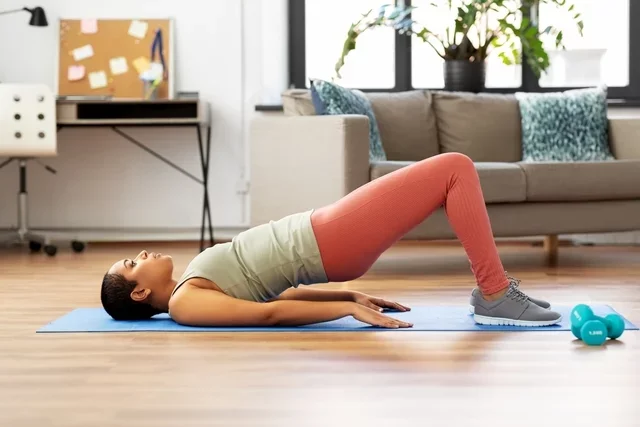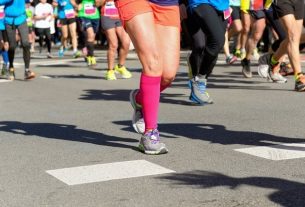Exercises for the hamstrings, such as squats, deadlifts and stiff lifts, increase the strength, flexibility and resistance of the leg, in addition to helping to prevent and alleviate lower back pain, as many of these exercises work this region.
Furthermore, these exercises also make the glutes firmer, increasing muscle mass in this region and reducing excess cellulite. Check out other exercises for the glutes.
It is important that these exercises are done under the advice and guidance of a physical education professional to avoid injuries, especially in the case of people who have little flexibility or are sedentary. It is also important to stretch your legs before doing these exercises.
1. Squats
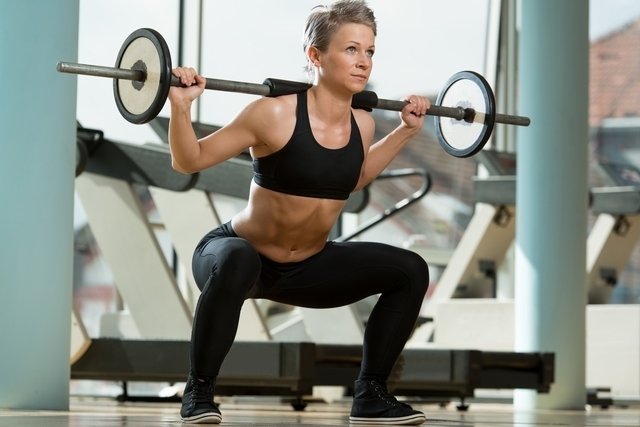
Squats involve several muscles, including the muscles on the back of the thigh and can be done in different ways: just with your body weight, with dumbbells, with bars on your back or shoulders depending on the person’s training level and goal. .
When doing squats with the bar on your shoulders, it is important to hold the bar by crossing your arms, where your right hand holds the bar touching your left shoulder and vice versa. When squatting with a bar on your back, it is recommended that the bar is held with your elbows facing forward and towards the floor.
In both cases, you must keep your heels fixed on the floor and perform the squat at its maximum range to work your thigh muscles well.
How to do it at home: It is possible to perform squats at home with your own body weight or with dumbbells, also paying attention to the range of movement and the fixation of the heel to the floor. See more details on how to do the squat.
2. Stiff
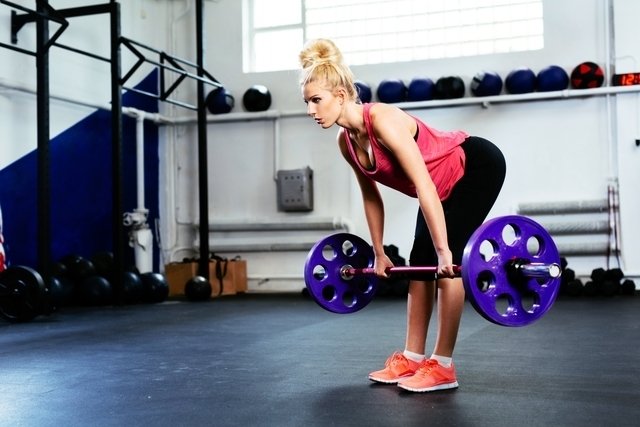
Stiff works the back of the thigh and glutes, and can be done with a barbell or dumbbells. To do the stiff, you must stand, hold the bar or dumbbell in front of your body at hip height and bend your back forward, keeping your arms straight, your spine straight, your abdomen contracted and your legs slightly bent. . Afterwards, lift the bar or dumbbell and return to the starting position. Repeat this exercise for the indicated number of times.
There is also a variation of this exercise that is popularly known as “good morning” or “good morning”, where the bar is placed on the back and the person performs the stiff movement.
How to do it at home: To do the stiff at home, simply use two dumbbells, or two objects with similar weights, and then perform the same movement. Learn how to stiffen correctly.
3. Stiff unilateral
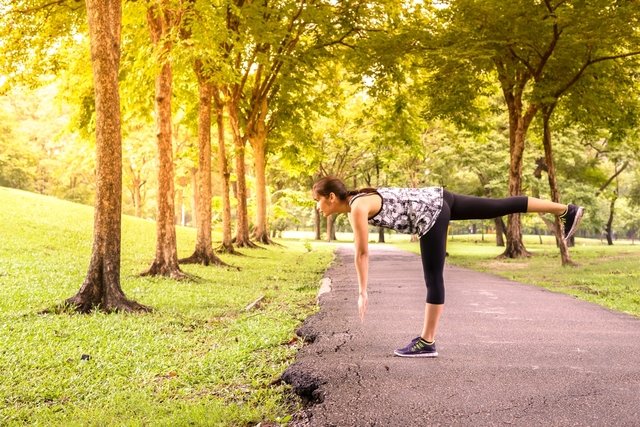
The unilateral stiff is a variation of the stiff and also allows you to work the posterior muscles, in addition to activating the lower back and abdominal muscles.
The exercise must be done standing up, holding a dumbbell or kettlebell in front of the body with one hand. Then, the leg corresponding to the hand that holds the weight must remain fixed on the floor, while the other remains suspended in the air while the movement is carried out. During the movement, lower the load toward your feet, bending your back forward and leaving your spine straight, then return to the starting position.
How to do it at home: To do unilateral stiffening at home, you need to use a weighted object that can perform the same function as a dumbbell or kettlebell, or even use your own body weight to work your posterior muscles.
4. Deadlift
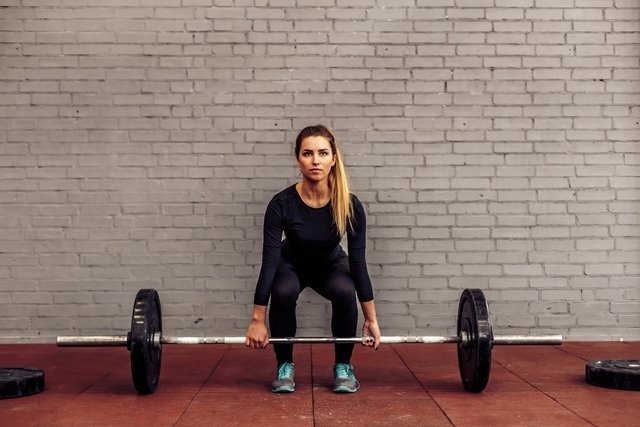
In addition to the hamstring, the deadlift also involves several muscles and joints. This exercise is the opposite of stiff, that is, instead of lowering the load, you must lift the load to hip height, using the muscles of the back of the leg and glutes, until the leg is straight and then, return to the starting position. During this exercise, it is important to keep your spine aligned and your feet at hip height.
It is recommended to do this exercise next to a mirror so that you can observe your posture in the first repetitions, making corrections if necessary.
As this exercise normally uses high loads to work the leg more and requires proper posture during its execution, it is not recommended that it be done at home to avoid injuries. See more details on how to do the deadlift.
5. Seated flexor
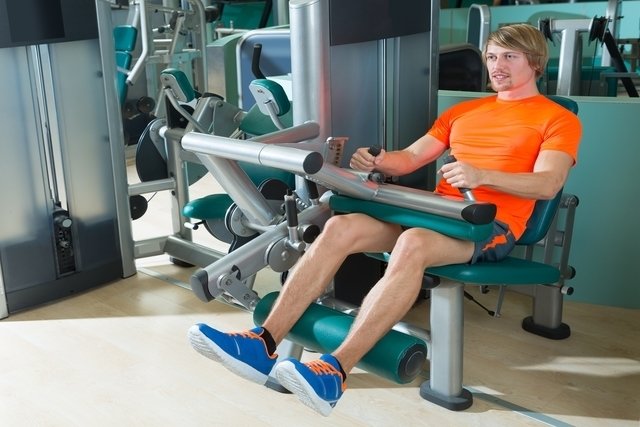
The seated flexor, also known as the chair flexor, is an exercise indicated for strengthening and hypertrophy of the muscles in the posterior region of the thigh.
Before starting the exercise, the bench must be adjusted according to the person’s height, supporting the back and aligning the knees with the bench. To start the exercise, you must hold your legs with the bar on the equipment and then perform a flexion movement followed by knee extension.
How to do it at home: This exercise can be done at home with the help of a medium-sized Pilates ball. To do this, you must support your ankles on the ball, lift your hips off the ground, pull the ball close to your body by bending your leg, without moving your hips, and then position the ball in the starting location. During this exercise it is important to keep your abdominal muscles contracted to stimulate the posterior leg muscles.
6. Lying flexor
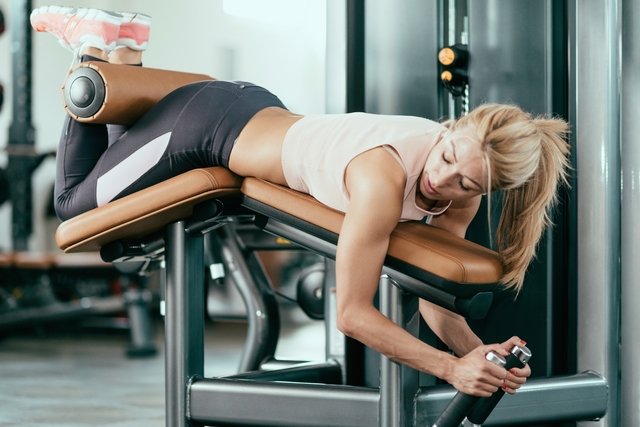
The lying flexor, also known as the flexor table, is one of the most used exercises to work the back of the thigh. Before performing the exercise, it is important to adjust the equipment according to the height and size of your legs, to avoid overloading the lower back.
To do this exercise, simply lie down on the equipment, fit your hips into the curve of the device, bend your knees to approximately 90º and slowly return to the starting position. It is important that the hips and legs are stabilized on the equipment so that there is no overload or injuries to the lower back.
How to do it at home: Although it is a more difficult exercise to do at home, it is possible to adapt it. To do this, you must lie down on a bench with your stomach facing down and leave your feet outside the bench. Then, hold the dumbbell with your toes, bend your knees to a 90º angle and return to the starting position.
7. Back extension
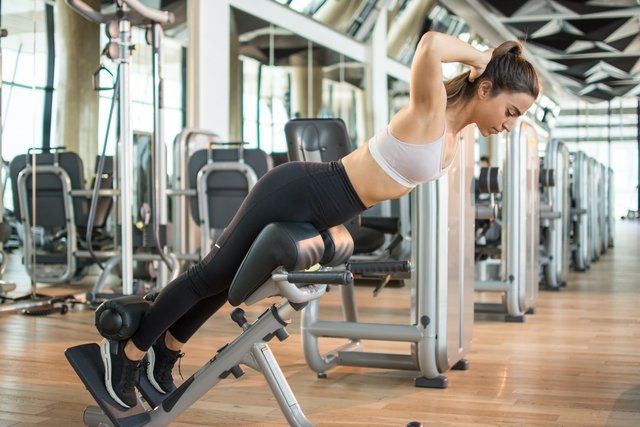
In addition to strengthening the lower back, this exercise also works the hamstring muscles. To do this, the person must position themselves on the machine, so that their hips are at the same height as the support, and then they must lean forward. Then, with the abdominal muscles contracted and with the strength of the posterior muscles, you must lift the body until it is in a straight line, repeating the movement afterwards.
How to do it at home: To do this exercise at home, you must lie down on a mat, place your hands next to your head and lift your torso and return to the starting position, keeping your feet on the floor. It is advisable to have someone else help you to hold your ankles throughout the movement and do this exercise next to a mirror to check your posture when returning to the starting position.
8. “Kickback”
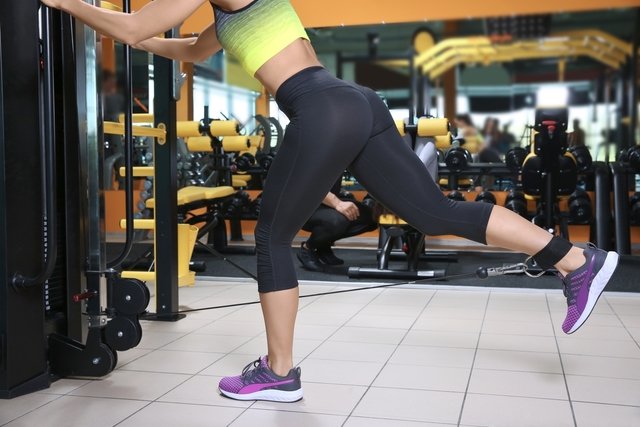
Despite being an exercise more focused on the glutes, the “kick” also works the muscles on the back of the thigh. At the gym, this exercise can be done on a specific machine, where the chest must be supported on the machine’s support and the leg must push a bar also present on the equipment, exercising one leg at a time.
This exercise can also be done on the multi-station machine, where the person can attach one of the pulleys to the ankle and perform the same movement.
How to do it at home: On a mat or mat, you should be in a position on all fours and, with your knee bent, raise one of your legs to hip height, contracting your glutes. Afterwards, lower the leg to the original position and resume the movement. Repeat with the other leg. To intensify the exercise, you can put on a weighted shin guard.
9. Pelvic lift
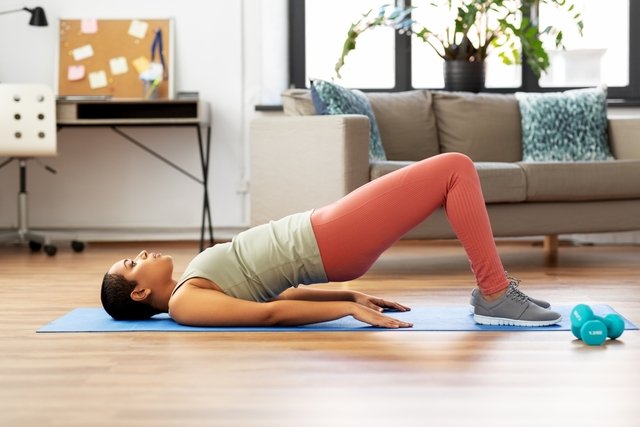
Pelvic elevation is recommended to work the glutes, abdomen and posterior thigh. At the gym, you can do this exercise by placing a barbell or dumbbell on your hips and resting your back on a bench. Then, you must raise your hips until your legs are at a 90º angle, contracting your glutes well. Return to the starting position and continue the movements.
How to do it at home: Lie on a mat with your stomach up and your knees bent and raise your hips, contracting your glutes. Then lower your hips, preventing them from touching the floor, and repeat the movement again. Understand better how to do a pelvic lift.
10. Dumbbell lunges
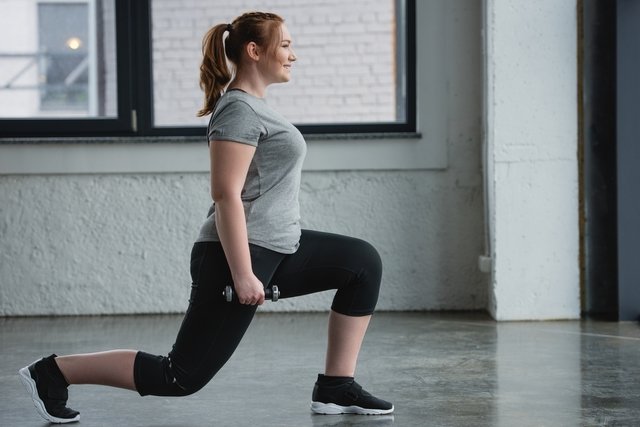
The dumbbell lunge is an exercise that really works the back and front of the thigh. To do this exercise, simply stand with your legs hip-width apart. Hold a dumbbell in each hand and take a step forward. Then, bend your knees until the thigh of the front leg is parallel to the floor and return to the starting position, repeating the movement. Then do the same with the other leg.
How to do it at home: To do this exercise at home, you can use dumbbells or your own body weight, performing the same movement. It is important to remember to keep your spine straight and your abdomen contracted throughout the exercise. See other ways to lunge.

Sign up for our newsletter and stay up to date with exclusive news
that can transform your routine!
Warning: Undefined array key "title" in /home/storelat/public_html/wp-content/plugins/link-whisper-premium/templates/frontend/related-posts.php on line 12
Warning: Undefined array key "title_tag" in /home/storelat/public_html/wp-content/plugins/link-whisper-premium/templates/frontend/related-posts.php on line 13

